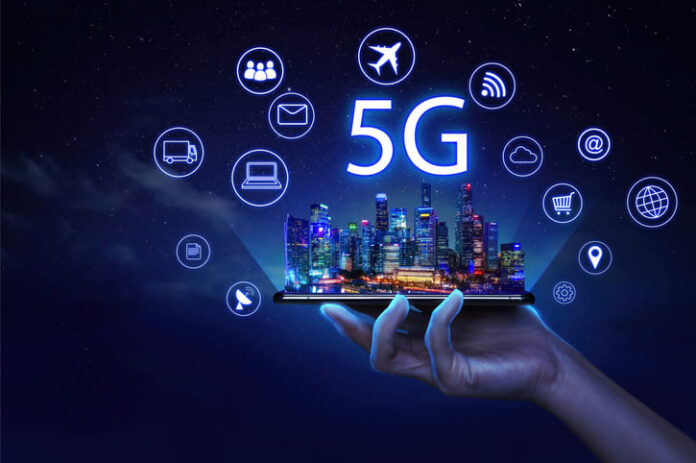As technology evolves, it’s reshaping how we interact online, making personalized experiences possible and increasingly affordable. Emerging tech trends are at the forefront of this transformation, offering users new ways to engage with content, services, and each other without breaking the bank. This article explores these trends and their impact on making personalized online experiences more accessible to everyone.
Enhanced Broadband Technologies
The Shift to 5G and Beyond
- Wider Availability: The rollout of 5G technology marks a significant step forward in internet connectivity. With its promise of faster speeds and more reliable connections, 5G makes high-quality, personalized online interactions accessible to a broader audience. Users in remote or previously underserved areas can now enjoy smoother video calls, faster downloads, and fewer interruptions, all at a lower cost than before.
- Future-Proofing Connectivity: As we look beyond 5G, emerging technologies like 6G are on the horizon. These advancements make online experiences even more seamless and integrated into our daily lives, potentially reducing the cost of high-speed internet and making advanced services more widespread.
Impact on Consumer Costs
- Reduced Data Costs: One of the most significant impacts of advanced broadband technologies is the reduction in data costs. As networks become more efficient, service providers can offer more extensive data plans at lower prices, making it easier for users to enjoy rich, personalized online experiences without worrying about exceeding data limits.
- Subscription Models: Many companies now offer tiered subscription models, allowing users to choose a plan that best fits their needs and budget. This flexibility ensures more people can access tailored online services, from streaming platforms to educational tools, without paying for unnecessary extras.
Artificial Intelligence and Machine Learning
Personalization at Scale
- Customized Content Delivery: Artificial intelligence (AI) and machine learning (ML) are revolutionizing online content. By analyzing user data, these technologies can tailor news feeds, recommend products, and adjust user interfaces to individual preferences in real time. This level of customization was once a costly endeavor but is now becoming standard across various platforms.
- Enhanced User Experience: AI-driven tools also enhance the overall user experience by automating routine tasks, such as sorting emails or managing calendars, and personalizing productivity tools to individual workflow preferences.
Cost Efficiency
- Automated Customer Support: AI has made significant strides in automating customer service, which reduces operational costs for businesses and, in turn, costs for consumers. Chatbots and virtual assistants can handle various queries without human intervention, making support more accessible and faster.
- Resource Optimization: Machine learning algorithms optimize the use of server resources, reducing the costs of hosting and maintaining online platforms. This efficiency is passed down to the consumer, allowing cheaper and more reliable access to personalized services.
Cloud Computing
Accessibility and Flexibility
- On-Demand Resources: Cloud computing provides on-demand access to computing resources without substantial upfront investments in hardware. Users can access a vast array of services and storage options as needed, paying only for what they use.
- Scalability: Whether a user’s needs are small or large, cloud services can scale accordingly, ensuring that personalized applications and storage solutions are always suitable for their current situation, avoiding overpayments for unnecessary capacity.
- Affordable Access to Streaming and Interactive Platforms: In online entertainment, cost-efficiency is critical for users seeking engaging experiences without high expenses. Technologies like AI and improved broadband have also made niche platforms more accessible. For instance, users looking for personalized interactions can find this in online streaming, where even the cheapest cam sites now offer high-quality, low-latency video streaming thanks to these tech improvements. This ensures that even entertainment platforms with specific audiences can provide personalized and interactive experiences at a reduced cost.
Economic Impact
- Reduced Software Costs: With cloud computing, the service provider manages software updates and maintenance, reducing users’ software management costs and complexity.
- Collaboration and Productivity: Cloud platforms enable better collaboration by allowing multiple users to interact with data and applications simultaneously from anywhere in the world. This capability supports remote work and learning, democratizing access to technology across different socio-economic groups.
Conclusion
The landscape of online personalization is changing rapidly, driven by advancements in technology that lower costs and expand access. From the spread of faster internet technologies like 5G to the integrative capabilities of AI and cloud computing, these innovations make personalized online experiences more accessible to the average person. As these technologies continue to develop, they promise to democratize the digital world further, ensuring that personalized, cost-effective online interactions are within reach for everyone.









